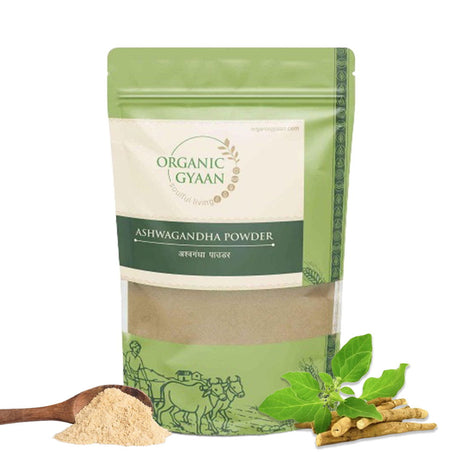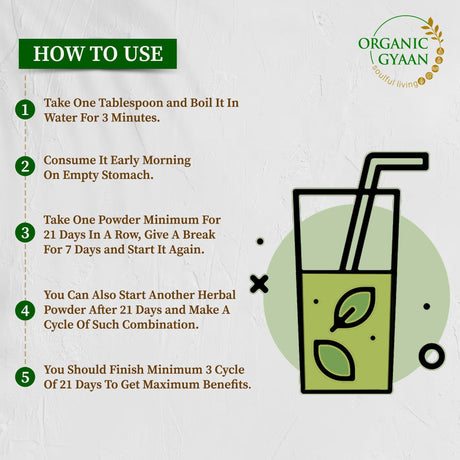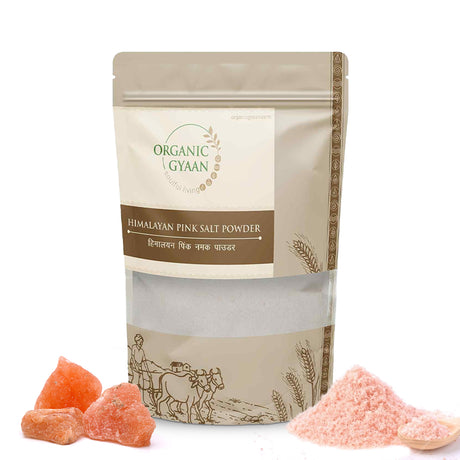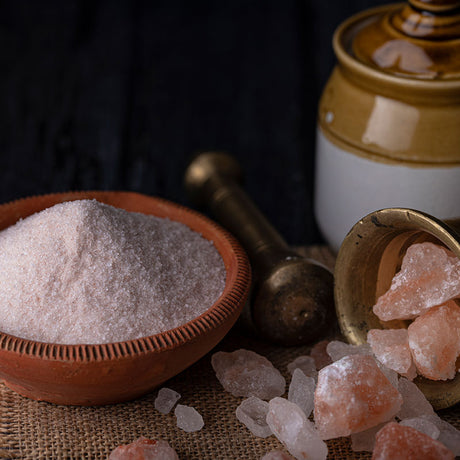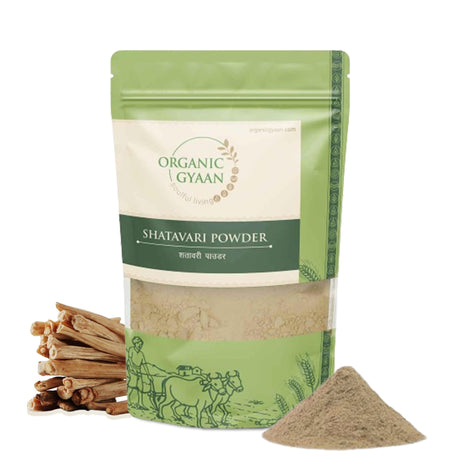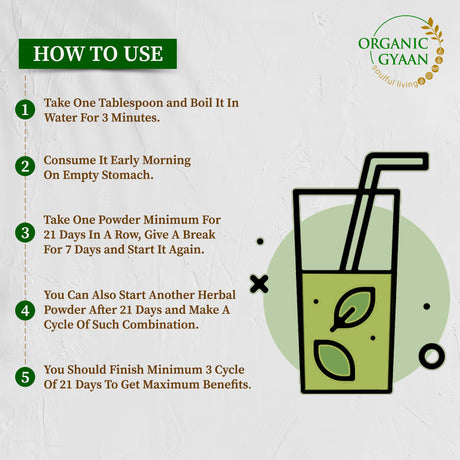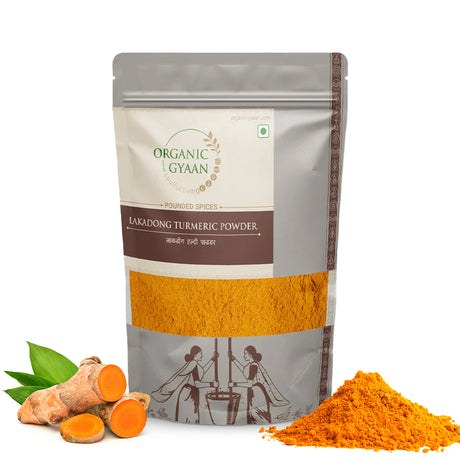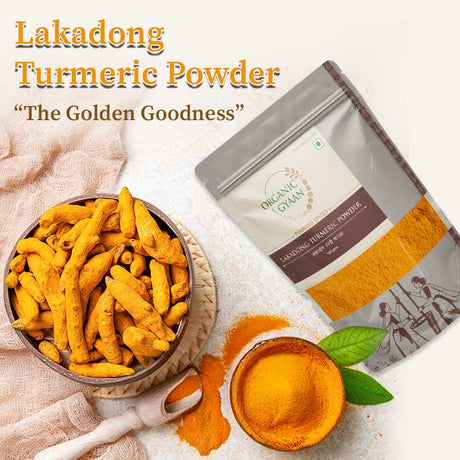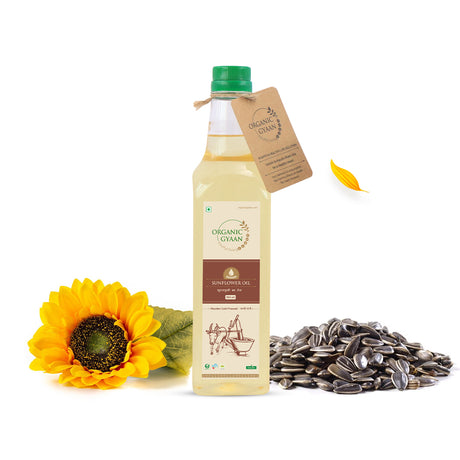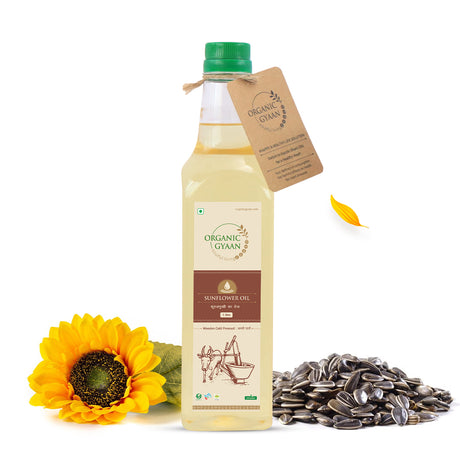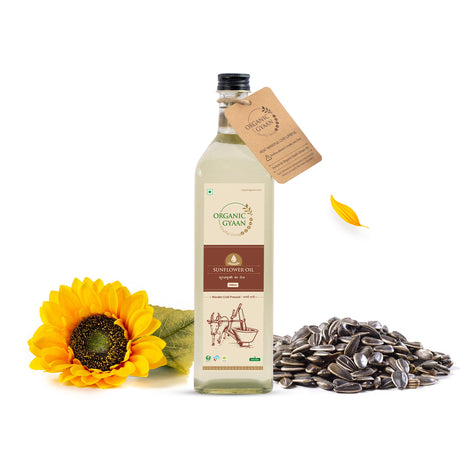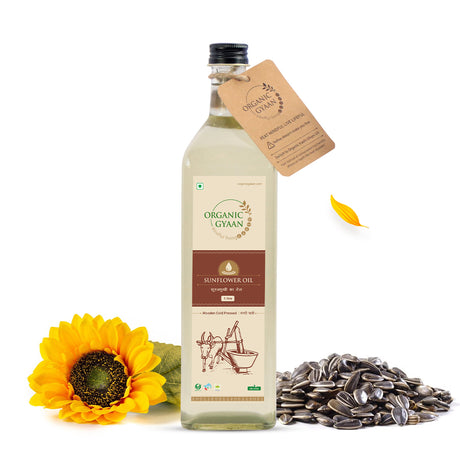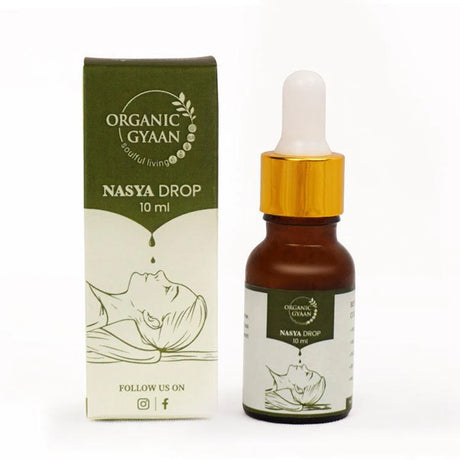Have you ever wondered how one simple dish can nourish your body, calm your mind, and connect you to centuries of traditional wisdom—all at once?
Welcome to the world of bajra khichdi—a hearty, healing, and highly nutritious meal that’s stood the test of time. In today’s fast-paced world of instant noodles and quick takeaways, the ancient bajra khichdi recipe is making a comeback. And for good reason. It’s gluten-free, packed with fiber, rich in plant protein, and full of satvik energy that supports your health inside and out.
In this blog, we’ll explore the bajra khichdi recipe, its benefits, modern tweaks for busy lifestyles, and tips to make it a regular in your weekly meals.
Why Choose Bajra Khichdi?
Pearl millet, or bajra, is one of the oldest grains known to humankind. It’s naturally gluten-free and loaded with iron, magnesium, fiber, and protein. When paired with moong dal and simple spices, bajra transforms into a comfort dish that not only soothes your stomach but also boosts your energy and immunity.
This bajra khichdi recipe is especially beneficial during winters or cooler climates—it warms the body, aids digestion, and supports long-lasting satiety.
Health Benefits of Bajra Khichdi
Let’s break down why bajra khichdi deserves a spot on your plate:
1. Supports Digestion
Both bajra and moong dal are rich in dietary fiber. They help improve bowel movements and keep the gut clean and active.
2. Good for Diabetics
Bajra has a low glycemic index, which means it releases glucose slowly. This helps in maintaining stable blood sugar levels—ideal for those managing diabetes.
3. Boosts Bone Health
Bajra is an excellent source of calcium, making it great for bone strength. It’s a smart addition for kids, elderly, and women looking to maintain bone density.
4. Helps in Weight Management
Feeling full longer is key when trying to manage weight. This bajra khichdi recipe provides complex carbs and proteins that curb hunger naturally.
5. Strengthens Immunity
Moong dal is rich in antioxidants and essential amino acids. When combined with ginger, ghee, and turmeric, the dish becomes naturally immune-boosting.
Ingredients You’ll Need (Serves 2)
This version of the bajra khichdi recipe is satvik—no onion, garlic, or heavy masalas—just pure, healing comfort.
- ½ cup whole bajra (soaked overnight or for 8 hours)
- ¼ cup yellow moong dal (soaked for 30 minutes)
- 1.5 to 2 cups water
- 1 tbsp A2 cow ghee (optional, but recommended for satiety and digestion)
- ½ tsp cumin seeds
- 1 tsp grated ginger
- A pinch of turmeric
- Himalayan Pink salt to taste
- A pinch of asafoetida (non-garlic, satvik version)
- A few curry leaves (optional)
Optional Add-ins:
- Chopped vegetables like bottle gourd, carrots, or spinach
- Crushed black pepper for warmth
How to Make Bajra Khichdi (Step-by-Step)
Step 1: Prep the Bajra
After soaking bajra overnight, lightly pulse it in a mixer once or twice if you prefer a softer texture.
Step 2: Prepare the Base
Heat ghee in a pressure cooker. Add cumin seeds, grated ginger, and a pinch of hing. Let it sizzle gently.
Step 3: Add the Pulses and Millet
Add soaked moong dal and bajra. Sauté for a couple of minutes to blend the flavors.
Step 4: Add Water & Spices
Pour in water, turmeric, and salt. Mix well. You can also add your optional vegetables at this stage.
Step 5: Pressure Cook
Cover and cook for 4–5 whistles on medium flame. Let the pressure release naturally.
Step 6: Mix & Adjust
Once cooled, open the lid, mix gently, and adjust the consistency by adding a bit of warm water if needed.
Serving Suggestions
Serve hot with:
- A spoonful of A2 cow ghee on top
- A bowl of cucumber or carrot salad
- Warm jeera buttermilk on the side
This simple satvik bajra khichdi can also be served with coriander chutney or plain curd for variety.
Tips for the Perfect Bajra Khichdi
- Soaking is Key: Always soak bajra for 8 hours or overnight for better digestion and quicker cooking.
- Use seasonal vegetables: Adding veggies boosts nutrition and flavor.
- Balance with cooling sides: Since bajra is warming, pair it with cooling elements like cucumber raita or buttermilk.
When to Eat Bajra Khichdi?
This bajra khichdi recipe is ideal:
- During winter months for natural warmth
- For lunch or early dinner
- After a long travel or when recovering from fatigue
- On detox or fasting days (when made without too many spices)
Modern Uses of Bajra Khichdi
Don’t just think of khichdi as an old-fashioned meal. It’s making a comeback in wellness circles for good reason. Here’s how you can enjoy it in modern life:
- Meal prep: Make a batch and store it for up to 2 days
- Lunchbox ready: It travels well and stays tasty
- Family-friendly: Kids, adults, and elders love its soft texture and earthy taste
- Fitness food: Rich in protein and energy, great for post-workout meals
Nutritional Snapshot (Per Serving approx.)
- Calories: 250–300 kcal
- Protein: 9–11g
- Fiber: 5–6g
- Fat: 4–6g
- Glycemic index: Low to Medium
- Gluten-free: Yes
Final Thoughts
This bajra khichdi recipe is not just food—it’s nourishment, tradition, and simplicity on a plate. With just a few humble ingredients, you can cook up a dish that supports your digestion, boosts your energy, and aligns beautifully with Ayurvedic wisdom.
Whether you’re looking for comfort food, a detox meal, or a nourishing weekday dinner, bajra khichdi is your wholesome companion. It’s time we bring this millet-rich tradition back to our tables—and share the wisdom with the next generation.




